Largest Latin American Ancestry in Canada and the United States
Latin America is a cultural concept representing the Americas, where Romance languages emanated from Latin are primarily spoken.
The term refers to areas in the Americas ruled by the Spanish, Portuguese, and French empires formed in the 19th century doesn’t have a precise definition. Today, this term is typically used to describe South America, Central America, Mexico, and the Caribbean islands.
Nowadays, the population of Latin America and the Caribbean is assessed at over 652 million.
The map below shows the largest Latin American ancestry in Canada and the United States, created by Reddit user abu_doubleu.

Table of Contents
Latin American Canadians
Most Latin Americans in Canada are recent immigrants who arrived in the late 20th century, mainly from Mexico, Colombia, El Salvador, Puerto Rico, and Peru, for political reasons.
Top 10 countries of origin of Latin Americans in Canada
Brazil is the top origin country of the Canadian Latin American immigrant population. In 2016, approximately 120,000 immigrants were living in Canada were from there.
| Rank | Country | Number of Immigrants | Percent of Latin American Immigrants | Percent of the Total Immigrant Population |
|---|---|---|---|---|
| 1 | Brazil | 120,000 | 6.8 | 0.4 |
| 2 | Mexico | 80,585 | 18.8 | 1.1 |
| 3 | Colombia | 70,035 | 16.4 | 0.9 |
| 4 | El Salvador | 48,075 | 11.2 | 0.6 |
| 5 | Peru | 29,620 | 6.9 | 0.4 |
| 6 | Chile | 26,705 | 6.2 | 0.4 |
| 7 | Venezuela | 20,775 | 4.9 | 0.3 |
| 8 | Argentina | 19,425 | 4.5 | 0.3 |
| 9 | Cuba | 17,850 | 4.2 | 0.2 |
| 10 | Guatemala | 17,270 | 4.0 | 0.2 |
Latin American Canadian population in Canada by metropolitan area
According to the 2021 Census, most Latin Americans in Canada live in Toronto and Montreal.
| Rank | Metropolitan area | Latin American population | Latin American population, % |
|---|---|---|---|
| 1 | Toronto | 156,455 | 2.5 |
| 2 | Montreal | 137,850 | 3.2 |
| 3 | Vancouver | 51,500 | 2.0 |
| 4 | Calgary | 34,395 | 2.3 |
| 5 | Edmonton | 21,960 | 1.6 |
| 6 | Ottawa | 20,620 | 1.4 |
| 7 | Hamilton | 14,605 | 1.9 |
Latin Americans in the United States
The 2020 Census shows nearly 65.3 million Latin Americans live in the United States. It is the second fastest-growing ethnic group by percentage growth in the United States after Asian Americans.
Most largest Hispanic groups in the U.S. are Mexican, Puerto Rican, Cuban, Spanish, Salvadoran, Dominican, Brazilian, Guatemalan, Colombian, or Venezuelan.
Top 10 countries of origin of Latin Americans in the United States
Mexico is the top origin country of the Latin American population in the United States. In 2018, roughly 37 million Latin Americans in the U.S. self-identified as Mexican.
| Rank | Country / Territory | Population | Percentage |
|---|---|---|---|
| 1 | Mexico | 36,986,661 | 61.89 |
| 2 | Puerto Rico | 9,033,381 | 15.12 |
| 3 | Cuba | 2,363,532 | 3.95 |
| 4 | El Salvador | 2,306,774 | 3.86 |
| 5 | Dominican Republic | 2,082,857 | 3.49 |
| 6 | Colombia | 2,023,341 | 3.38 |
| 7 | Guatemala | 1,524,743 | 2.55 |
| 8 | Spain | 1,500,000 | 2.5 |
| 9 | Honduras | 963,930 | 1.61 |
| 10 | Ecuador | 717,995 | 1.20 |
States and territories with the highest populations of Latin Americans
Of the U.S.’s total Latin American population, 49 percent, or 21.5 million, reside in California or Texas. In 2022, New York City and Washington, D.C. began receiving substantial Latin American migrants from Texas, mainly Venezuela, Ecuador, Colombia, and Honduras.
| Rank | State / Territory | Population | Percentage |
|---|---|---|---|
| 1 | California | 15,754,608 | 40% |
| 2 | Texas | 11,857,387 | 40% |
| 3 | Florida | 5,830,915 | 26% |
| 4 | New York | 3,864,337 | 19% |
| 5 | Puerto Rico | 3,249,043 | 99% |
| 6 | Arizona | 2,351,124 | 32% |
| 7 | Illinois | 2,277,330 | 18% |
| 8 | New Jersey | 1,991,635 | 21% |
| 9 | Colorado | 1,293,214 | 22% |
| 10 | New Mexico | 1,059,236 | 50% |
Over half of the Latin American population is settled in the Southwest region, mainly composed of Mexican Americans. California and Texas have some of the largest populations of Mexicans and Central American Hispanics in the U.S.
The country’s Northeast region is dominated by Dominican Americans and Puerto Ricans, having the highest concentrations of both in the U.S.
Salvadoran Americans are the largest Latin American group in the Mid-Atlantic region, centered on the D.C.
Mexicans and Puerto Ricans dominate in both the Great Lakes and the South Atlantic states.
Cuban Americans and Puerto Ricans lead in Florida.
Mexicans dominate the rest of the nation, including the West, South Central, and Great Plains states.

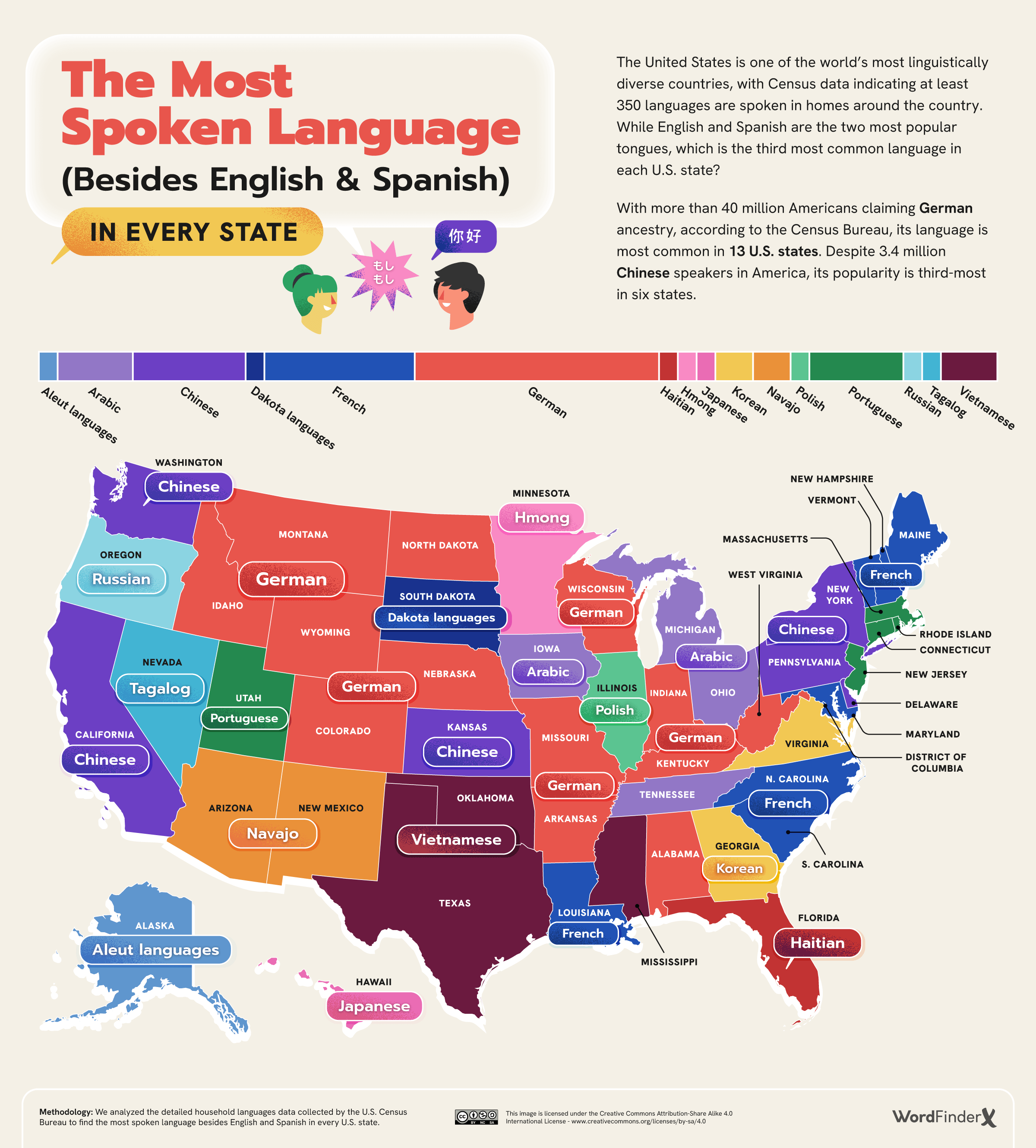

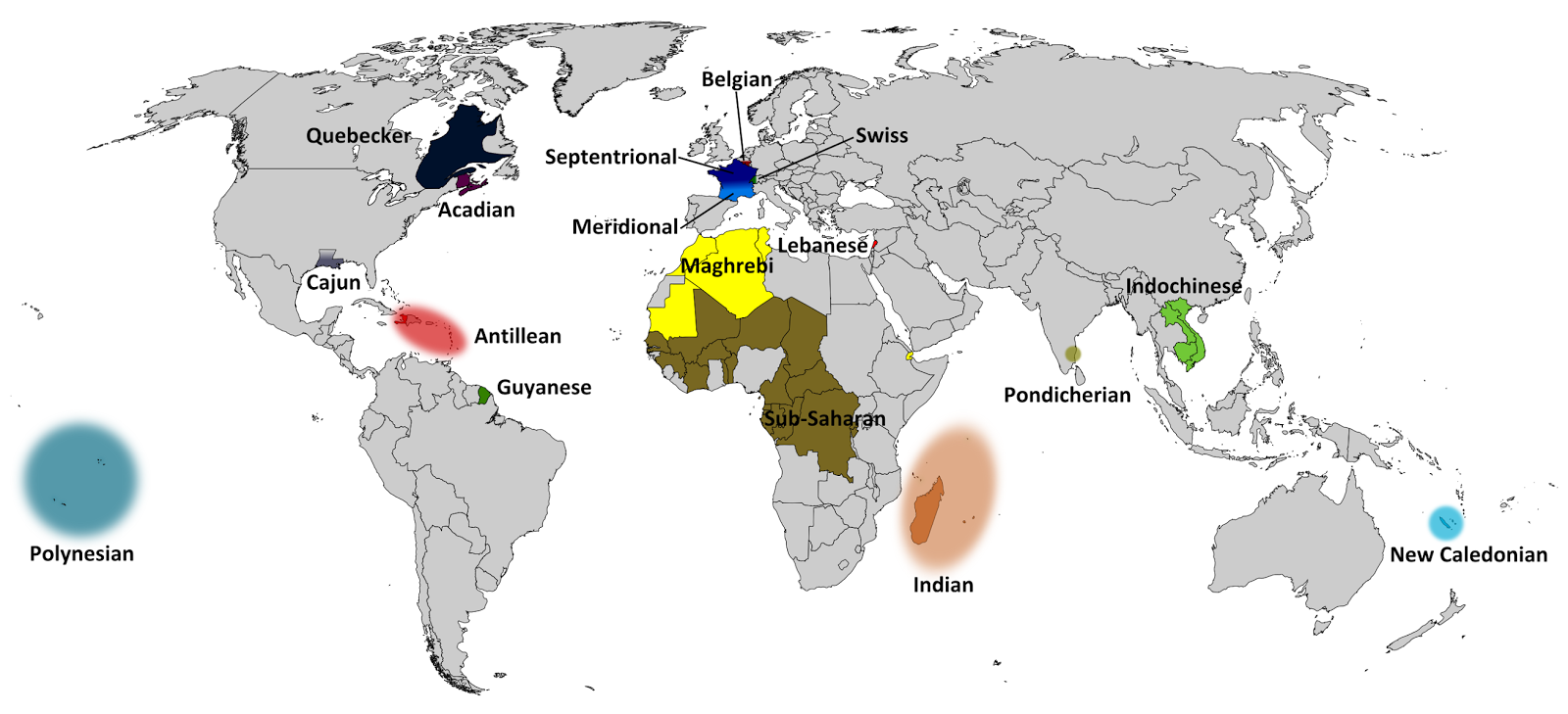

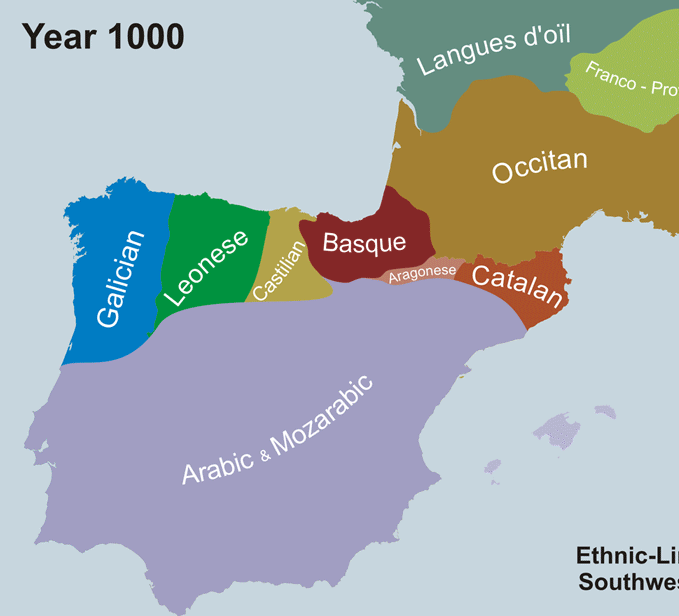
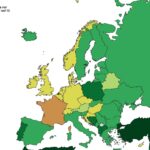
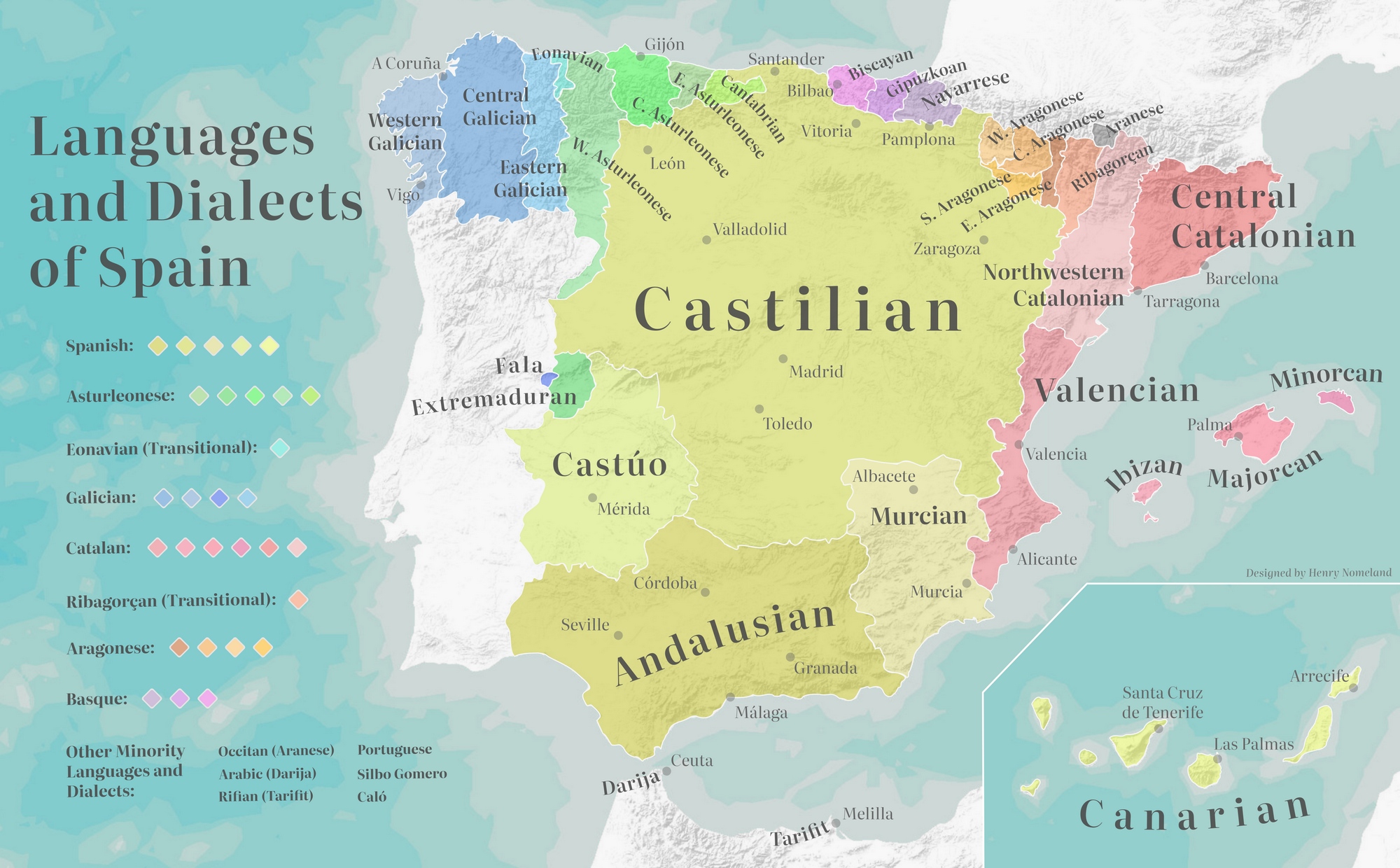
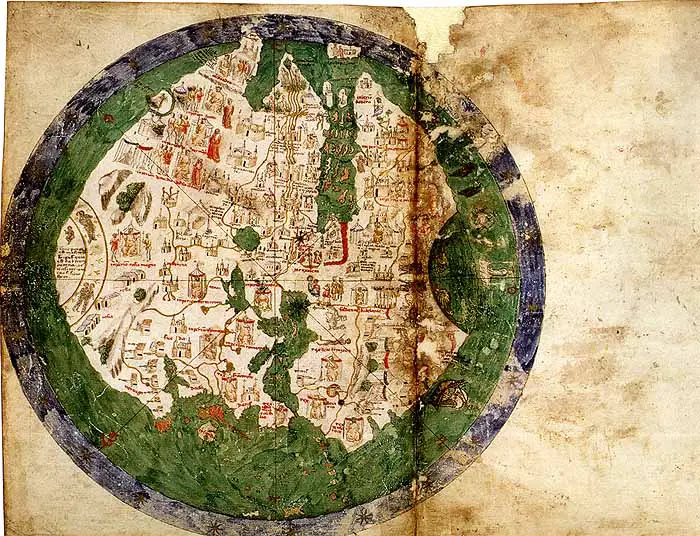
This article is completely bs and very misleading, but it’s understandable since it’s made by some Redditor, not actual information. There’s only 11 million Mexicans in the states, nowhere near “36 million”. Trust me if it exceeded 30 million we would notice by now, they don’t even have that much political representation. Also, not a single other source implies that the Latin American population in the US is not even close to “65 million”. They all accurately state that it’s only over 25 million, nowhere close exceeding “60 million”. Latin Americans and Caribbeans far outpace the almost nonexistent Asian population, they make up over 90% of the overall foreign population in the US alone compared to just 10% being Asians. also last but not least in no way there is 1 million from Spain, Spaniards are not even Latin American and they don’t even immigrate to the US or Canada in excessive numbers. As of 2025 there’s barely 800 residing there, most of them being high professional entrepreneurs.
According to the 2023 U.S. Census Bureau, there are nearly 38 million Mexican Americans living in the United States (https://en.wikipedia.org/wiki/Mexican_Americans). The overall Hispanic and Latino population was estimated around 68 million in 2024 (https://en.wikipedia.org/wiki/Hispanic_and_Latino_Americans). However, this population is spread unevenly across the country.